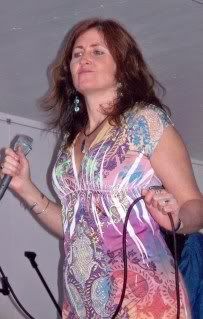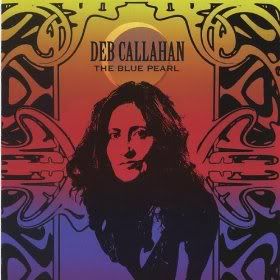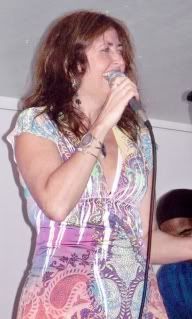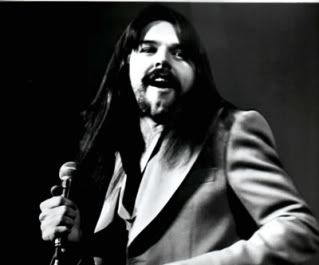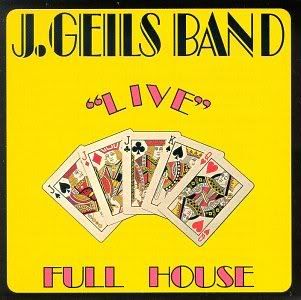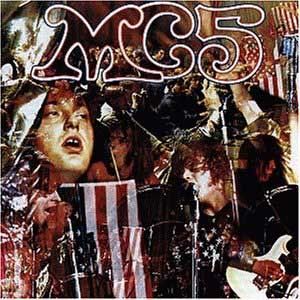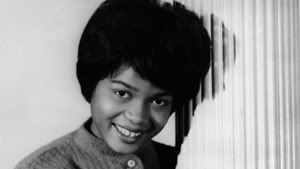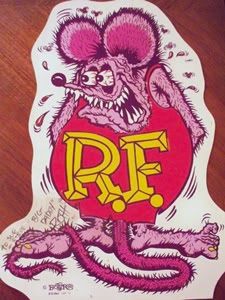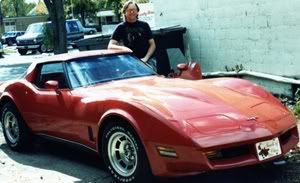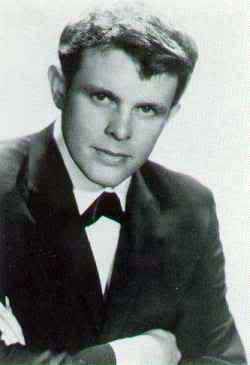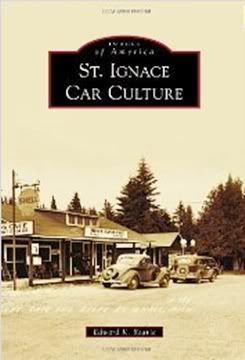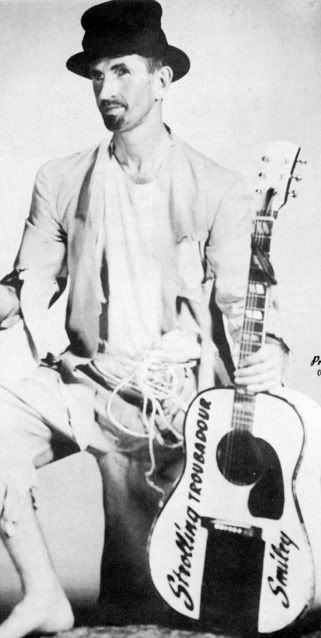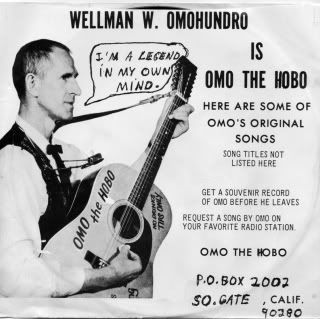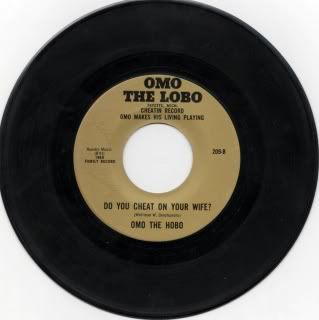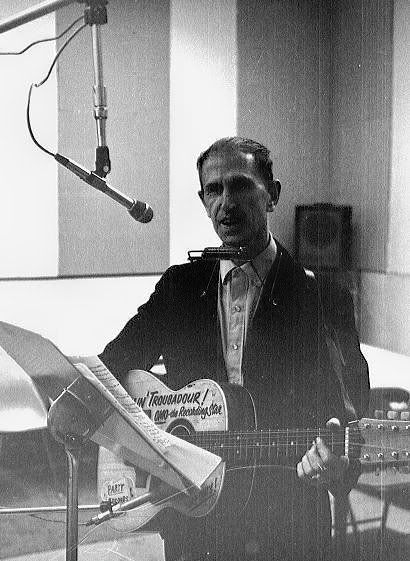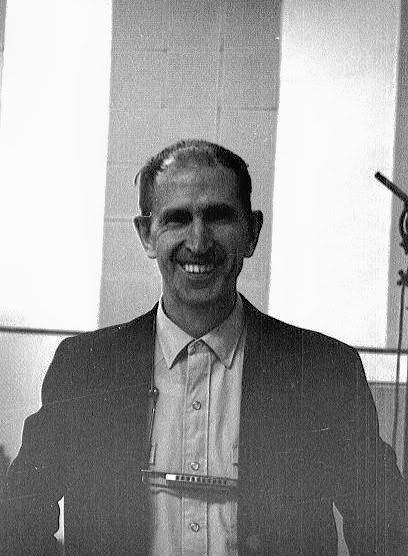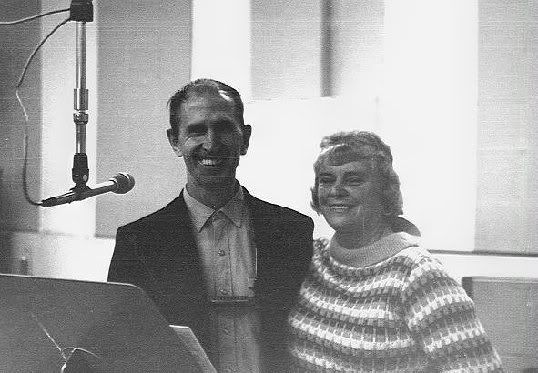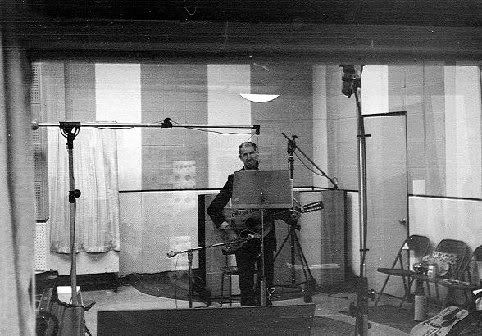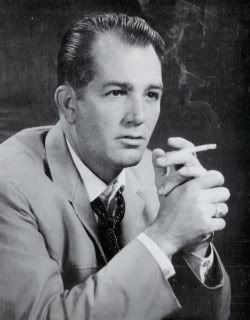
One of the earliest long-playing record albums to come from
the Upper Peninsula was issued by Hoot Roberts on Choco Records.
By STEVE SEYMOUR
Marquette County acts were among the Upper Peninsula artists producing long-play albums when that format was popular.
Still, northern Michigan musicians released few 12-inch records because they were expensive and usually reserved for big-name stars.
The regional discs, which included rock, country, folk and Christian titles, appeared from the mid-1960s until vinyl disappeared 20 years later.
One of the earliest album releases with a connection to the U. P. is "Invitation to the Blues" by country & western singer Hoot Roberts.
The 12-track LP was issued on Marquette's Choco Records label.
A Navy veteran born in Montgomery, Alabama, Roberts toured with Johnny Horton, who recorded "The Battle of New Orleans," "Sink the Bismarck" and "North to Alaska."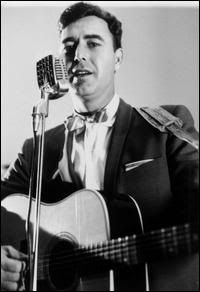
JOHNNY HORTON
After Horton was killed in a car crash on Nov. 5, 1960, Roberts started his own group.
During a gig, perhaps at the Cackle Club, Milwaukee's "Home of Western Music," Roberts met Gene Norell, a disc jockey based in Wausau, Wis.
Roberts followed Norell to Wausau where he soon had his own radio program on WHVF, a daily television show and record label.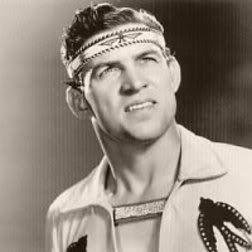
MARVIN RAINWATER
The singer was also friends with country star Marvin Rainwater who composed two songs for Roberts' album, "The King Has Fallen" and "Now and Then."
Little is known about short-lived Choco Records, which had a mailing address in rural Marquette County, but Roberts died a few years after his album was released.
Marquette resident "Tiny" Cochart, meanwhile, issued two long-playing record albums. A giant of a man at 6-foot-three inches and 250 pounds, he is also known as Tiny C. Hart.
Cochart was born in Wisconsin and started driving semi-trailer trucks coast-to-coast at age 18, but his real ambition was to sing country & western music.
After nine years on the road, Cochart took time off to start his own group in California, but returned to trucking.
When his rig broke down in LaCrosse, Wis. Cochart saw his fate and decided to give music another try.
Later, he organized country & western band The Tiny Cochart Night Riders in Marquette, playing nightclubs around the country for years.
He recorded five singles for Coulee Recording Corp. in LaCrosse. With the addition of "Double Life" and "One More Drink," both Cochart compositions, Coulee issued an album called "The Best of Tiny."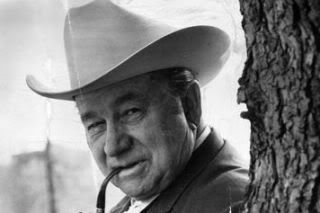
TEX RITTER
Cochart recorded in Nashville and "played and sang with Tex Ritter, Waylon Jennings, Merle Travis, Ernest Ashworth, Johnny Cash, Tommy Cash and Dottie West," according to Robert C. Gehl, who wrote the liner notes to the album.
Big "Tiny" recorded another batch of tunes for a self-titled album on the Studio One label. The collection contains another original, "Let Me Live Again," and covers of tunes by Willie Nelson, Bill Anderson, Marty Robbins, Tom T. Hall and others.
Fellow Marquette County resident Lane Dawson, on the other hand, released several Christian albums on the Shalom label.
A long-time Ishpeming resident, Dawson recorded the collections at Oak Valley Sound in Nashville.
Known around the U. P. as the "singing bus driver," Dawson released a handful of country singles in his younger days and worked as a radio engineer and announcer.
Dawson composed many of the songs on his albums and covered "The Rose," written by Amanda McBroom and recorded by Bette Midler, on his album "Love Letters."
Another Ishpeming resident, Mark Mitchell, issued his first album in 1983 and released a follow-up two years later.
"The Tree's Fell," Mitchell's debut, contains the theme song to the WLUC-TV6 outdoors program "Discovering" with Buck LeVasseur, and eight other songs.
Mitchell wrote all the tracks which were recorded at Studio 8 in Ishpeming.
"Unsung Songs," recorded at the same studio, appeared in 1985. Containing nine originals, the album was mastered and pressed at Queen City Albums in Cincinnati, Ohio.
Mitchell's folk songs usually refer to historical events in the north country, making them especially interesting to many U. P. residents.
Both albums were issued by Ishpeming's White Pine Records.
Kris Erik Stevens, a graduate of Ishpeming High School and later a successful disc jockey on powerful Chicago radio stations WLS and WCFL, also cut his own album.
Titled "Feelings," the disc was released by General Record Corp. in 1973.
The 11-track album was recorded at Melody Recording Studio in Atlanta and Universal Recording Studios in Chicago.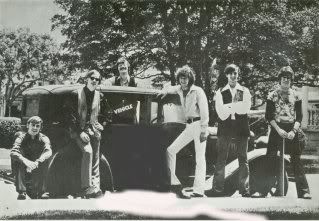
IDES OF MARCH
Jim Peterik, leader of the Ides of March rock group from Chicago, was involved with the project, writing opening number, "Mother Nature, I'm Coming Home" with Stevens.
Peterik, who wrote the 1970 hit "Vehicle," contributed four additional compositions to the album, and later co-founded Survivor.
Andy Kim, famous for "Baby, I Love You" and "Rock Me Gently" wrote liner notes for Stevens' album.
The record was produced by Stevens and Wendell I. Parker.
About the same time, two albums were released with connections to Northern Michigan University in Marquette.
"The Fantastics" featured a group of NMU students, who recorded material and toured under the direction of faculty member Tim Lautzenheiser.
Their album contained the aforementioned "Vehicle," "California Dreamin'," by the Mamas & Papas, a Carole King medley and other tracks.
Presented as entertainment ambassadors of the university, the students traveled to Fred Carter Recording Studios in Goodlettsville, Tenn. to tape the album which was released on the Nugget imprint.
Northern students Bill Van Effen, Keith Polkinghorne and Larry Henry, who comprised the Wayfarers, also issued their own LP.
The album, which contains a number of early rock classics, "Make Me Smile" and "Colour My World" from Chicago, and other selections, was called "The Wayfarers...Live."
After attempts at live recording failed due to background noise, the disc was recorded in the school's band room.
Appearing on the Recorded Publications Co. label in Camden, N. J., the album was released in 1974.
Hard to find today, these varied albums are now artifacts of the era before the compact disc and Internet came to dominate music.
